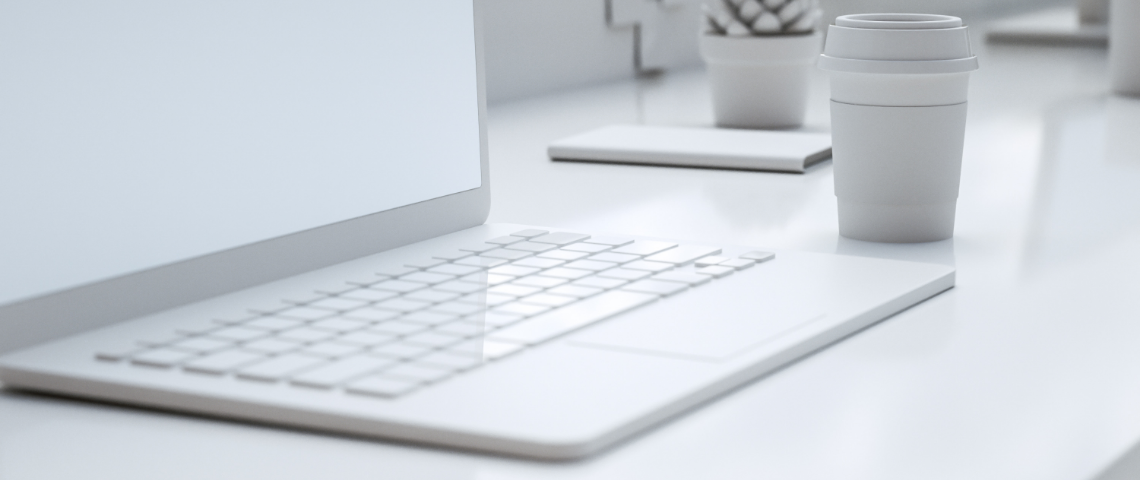
I lead the Digital UX team in Red Hat Marketing's Digital Experience org. We are focused on delivering a cohesive, digital-first experience for Red Hat's evolving product portfolio that differentiates our brand, enables customer and partner success, and makes it easier to engage and transact.
My wife and I have three young boys, so mornings start early to get everyone ready and out the door. Once it is time to drive in or log in to Red Hat, I'm ready for the transition to work! Every day is different, but I get a lot of inspiration from several group chat spaces across our team where we regularly share our latest project updates, ideas, insights, and releases.
Aligning our design work to ensure a relevant, consistent experience for our customers comes with unique challenges given the design practice is distributed across Red Hat. It has been especially rewarding to usher in a new era of cross-company collaboration across design teams at Red Hat—we are building stronger bridges internally as a self-organized, global Design program and renewing our shared commitment to creating a unified experience across everything we do.
One example is our web components UI library, where we've open sourced the accessible, adaptable building blocks of our digital design system as a community project on GitHub. Another example is our growing UX research community at Red Hat.
Design is a team sport. And we emphasize co-creation as core to our team’s approach. When we are designing and building digital experiences, we include feedback loops with stakeholders, adjacent functions, and even end users. Prioritizing this collaboration hasn’t been a tough sell, as there’s a general view at Red Hat that more perspectives make the work, thinking, design—all of it—stronger.
Design requires a strong level of trust for team members to share new ideas and challenge the status quo. We are more likely to solve problems and be innovative when our design process has increased team engagement. Trust starts with a sense of belonging and a process that's open to multiple perspectives - that's foundational for building a healthy team, too.
Building a unified customer experience requires connected, accessible touchpoints that are delivered across many teams and environments. To connect the concurrent work across marketing, customer success, product, and IT teams, we’ve developed a shared user journey framework and UX design toolkit to help us focus on empathy for the people for which we are designing and consider their needs across their end-to-end experience. This shared journey framework orients our distributed work within a customer’s holistic relationship with Red Hat, giving us a broader view of what’s helpful or what needs to be improved.
Open design practices connect and align our many teams working together to build a unified experience for Red Hat. That’s about finding ways to share ideas, frameworks, systems, and insights early, as they are being developed, to invite contribution. And making it easy for anyone to reuse or remix design assets.
Things are always moving fast in our design team. It is easy to become reactive or manage the pace with a fixed approach. There’s already an emphasis on design system adherence and repeatable patterns for how we scale our collective design work in the enterprise. That’s all very important. But equally important is exploring new ideas. Find time to reflect, observe, and dig deeper. I really appreciate designers who come to the table with a range of inputs they’ve gathered, new angles they’ve considered, and inspirational “what if…?” concepts to help us see differently and envision what’s possible.